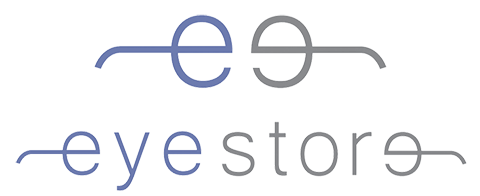
Nearsightedness, technically known as myopia, is a condition which causes difficulty focusing on objects at a distance, while near vision, such as reading, usually remains clear. Myopia is one of the most common vision problems worldwide and is increasing in numbers globally.
Myopia Signs and Symptoms
People with myopia are usually able to see well up close, such as reading or using a computer, but have difficulty clearly seeing objects at a distance. Due to the fact that they may be straining or squinting to see into the distance, they may also develop headaches, eye fatigue or eye strain.
What Causes Myopia?
Myopia is a refractive error caused by an irregular shaped cornea that affects the way light is focused on the retina. For clear vision, light should come to a focus point directly onto the retina. In myopia, the eye length might be longer than normal longer or the corneal shape is too curved, resulting in a focus point that falls in front of the retina.
When light is not focused on the retina this causes distant objects to appear blurry impacting daily activities such as driving, watching TV or enjoying your favourite sports event.
Myopia typically has a genetic component as it often appears in multiple members of a family and it usually begins to show signs during childhood, often getting progressively worse until stabilising around age 20. There may also be environmental factors that contribute to myopia such as school or work that requires focusing up close, such as reading, homework or computer use, for an extended period of time. Spending insufficient time outdoors has also been shown to lead to myopia.
Diagnosis of Myopia
Myopia is diagnosed by an eye test with a qualified optometrist. During the test, the optometrist will determine the visual acuity of the eye and prescribe glasses and/or contact lenses. A prescription for myopia will be a negative number such as -1.75.
Treatment for Myopia
Myopia is typically treated with corrective glasses or contact lenses and in certain cases refractive surgery such as LASIK or PRK is an option. Surgery is the most risky treatment as it requires permanently changing the shape of the cornea and only usually recommended for ages 20 and older. Other treatments involve implanting a lens that reshapes the cornea called a phakic intra-ocular lens or vision therapy.
While some people require myopia vision correction full time, others may only need the wear their optical correction during certain tasks such as driving, watching television or viewing a whiteboard in school.
Myopia Management
If you are concerned your child's myopia is worsening, a treatment program called Myopia Management, may be effective to slow down or even stop the myopia from increasing. This program uses a range of options including Ortho-k lenses, multifocal contact lenses and even eye drops.
In Ortho-k, the patient wears corneal reshaping contact lenses at night which gently reshapes the cornea while the child sleeps. These lenses are removed in the morning, allowing the child to see clearly without day-time glasses or contact lenses.
